Run experiments with NSFsim
Run your fusion research experiments using NSFsim, our simulator, and precise digital replicas of DIII−D, ISTTOK, and other tokamaks. Help us create a replica of your tokamak!act —— Fusion Twin Platform
Empower your fusion research with Fusion Twin Platform!
create —— fusion energy
Cloud-based simulations and data analysis using NSFsim, our tokamak simulator, and validated digital replicas of real tokamaks.


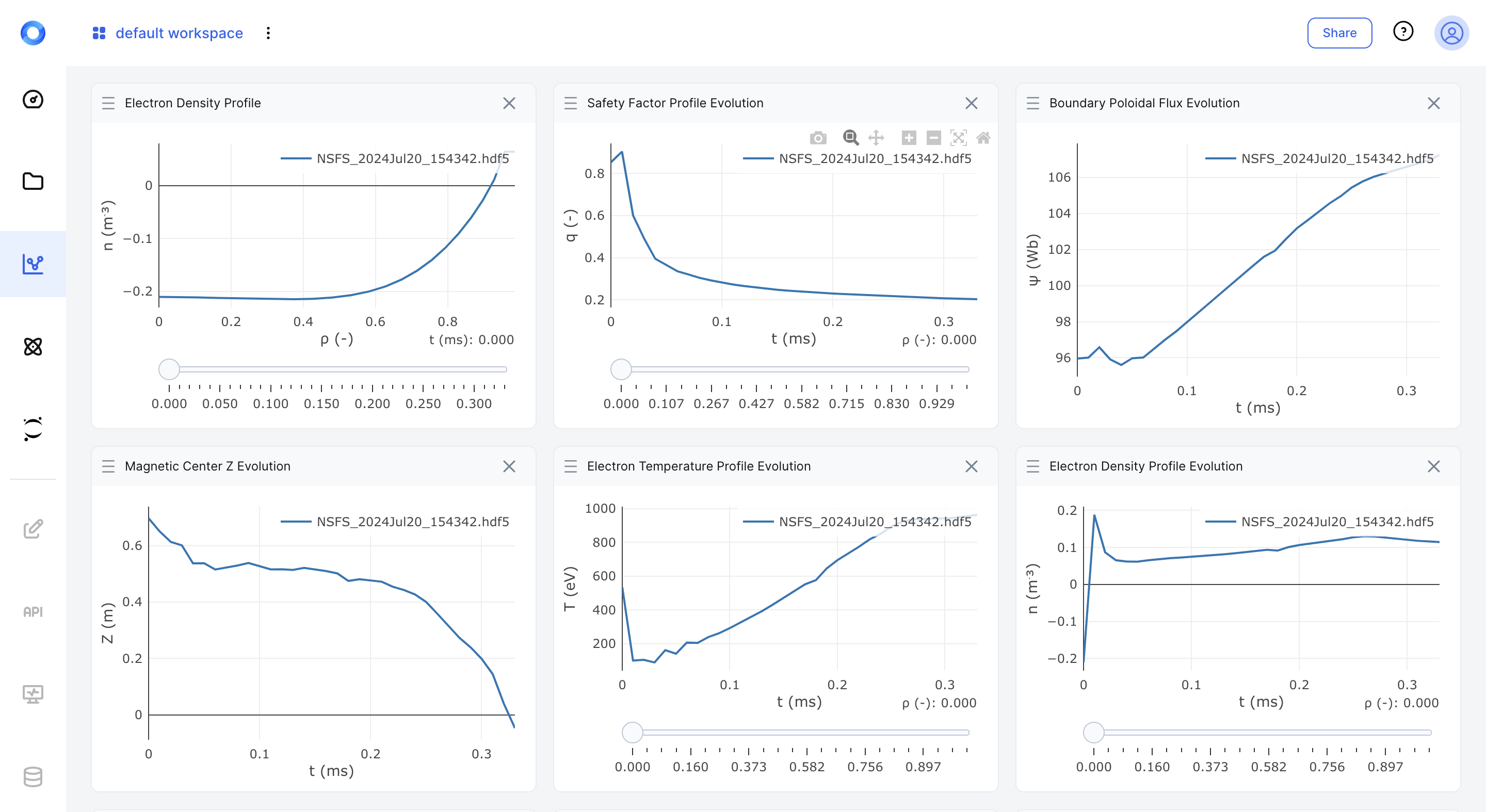
WHY FUSION TWIN PLATFORM
Unique place for fusion research
Complex fusion simulations made accessible
Reliable fusion simulations need skilled teams of physicists, engineers, and data scientists. Our platform makes these simulations accessible, using pre-configured digital replicas of DIII−D, ISTTOK, and other tokamaks.
Advanced fusion experiments made possible
Preparing, designing, and executing fusion experiments is complex and time-consuming. Our platform simplifies these processes, making it easier for researchers to prepare and conduct successful fusion experiments.
Comprehensive fusion data analysis made easy
Fusion data often requires significant effort to analyze. Our platform offers a user-friendly environment for data analysis, visualization, and collaboration, simplifying the research process and fostering innovation.
THE PLATFORM CHARGED WITH TECHNOLOGY
Fusion Twin Platform capabilities
Achieve realistic simulation accuracy
Simulate fixed and free-boundary 2D plasma equilibrium (Grad-Shafranov equation) and other scenarios using validated configurations to ensure precise and realistic results.Seamless cloud access for fusion research
Access a reliable cloud environment with all platform data and simulations using a web browser without the need for additional software or hardware. Even Jupyter Notebooks are already there!Customizable data visualization
Visualize uploaded and simulated experimental data using a customizable graph viewer. HDF5 is already supported, and other formats are coming soon!USE CASES
With Fusion Twin Platform you will
Simulate with NSFsim
Run configurable simulations using NSFsim and digital replicas of tokamaks. Tell us about other simulation codes you'd like to use!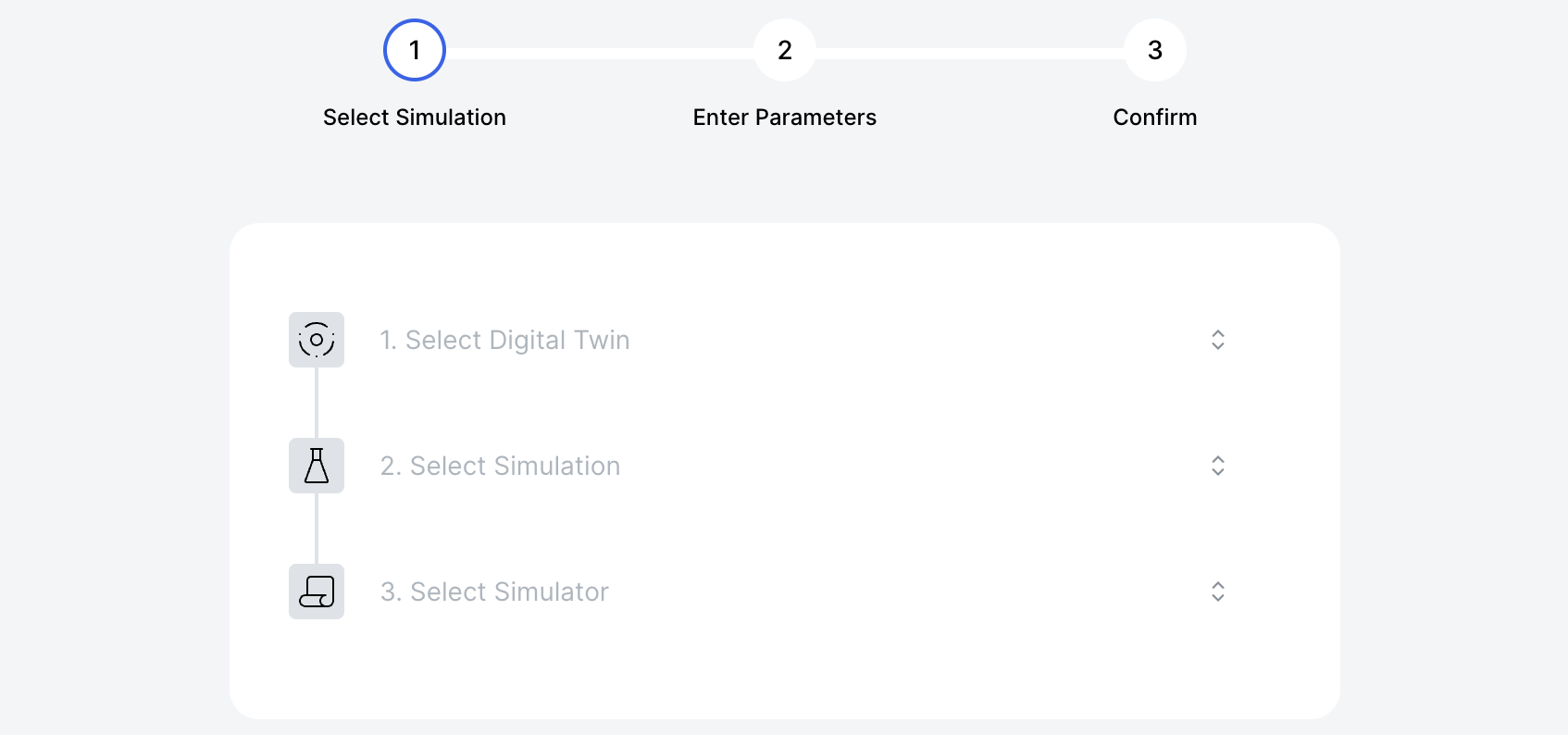
Analyse data in HDF5 format
Upload HDF5 files, visualize them using an easy-to-use graph viewer, and work with the data in Jupyter Notebooks.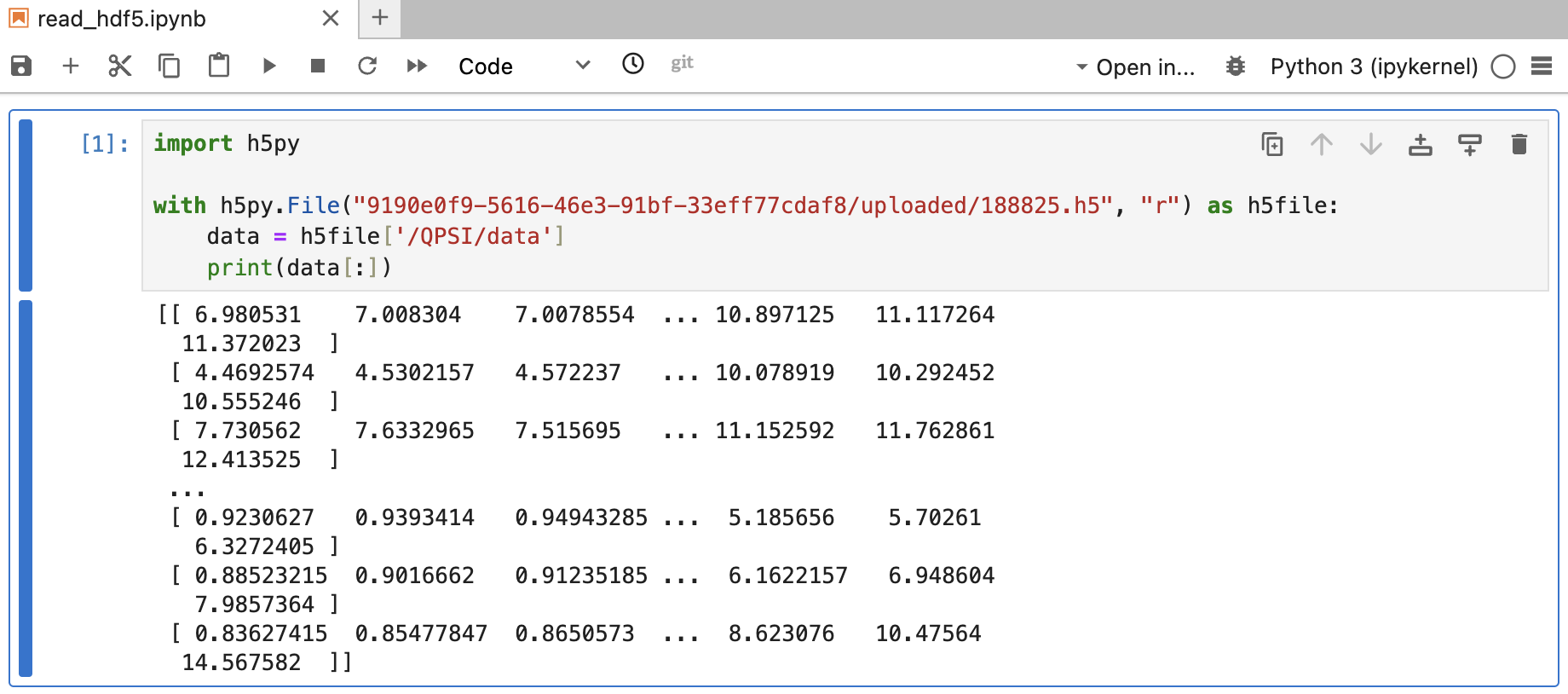
Compare simulated and experimental data
Run your best experiments and gain valuable insights with our platform. Use the graph viewer to compare simulated and experimental data.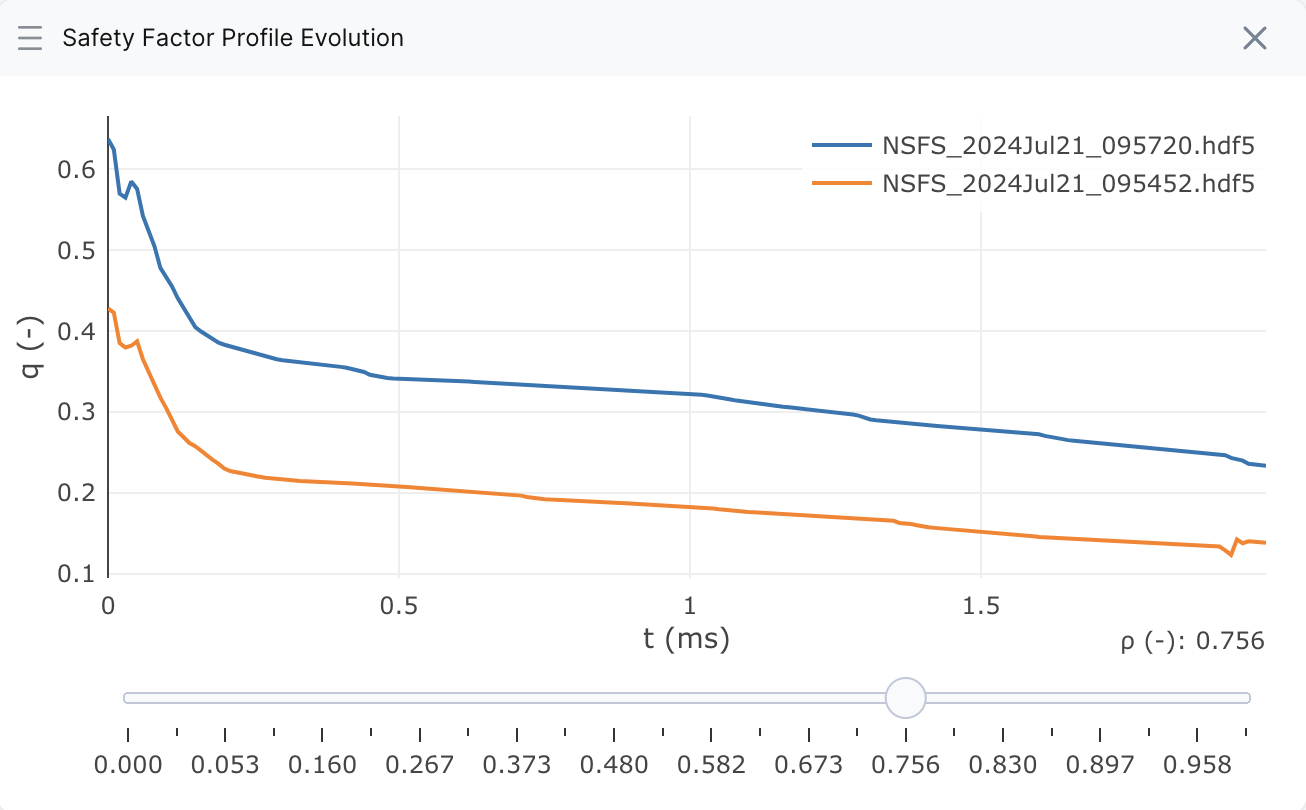
Try Plasma Boundary Prediction ML model
Play with a state-of-the-art machine learning model trained on DIII−D tokamak experimental data.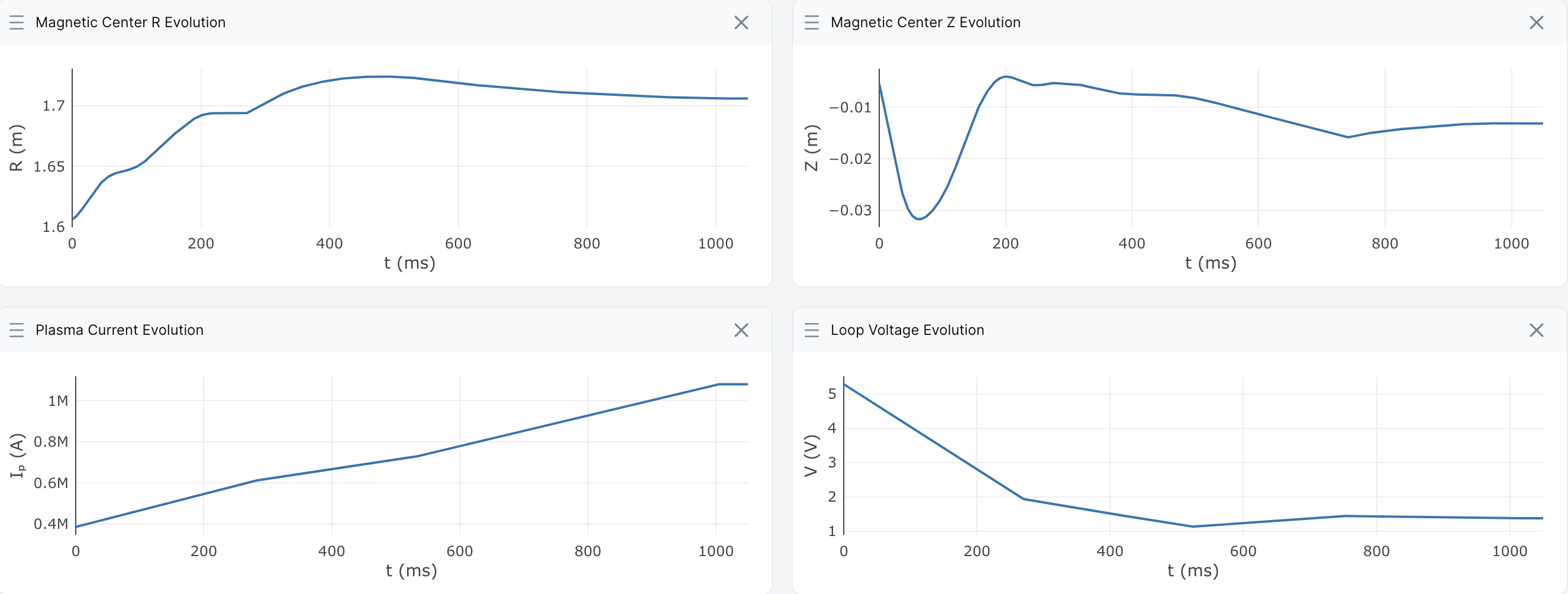
Product of © 2024Next Step Fusion S.a.r.l.All rights reserved.